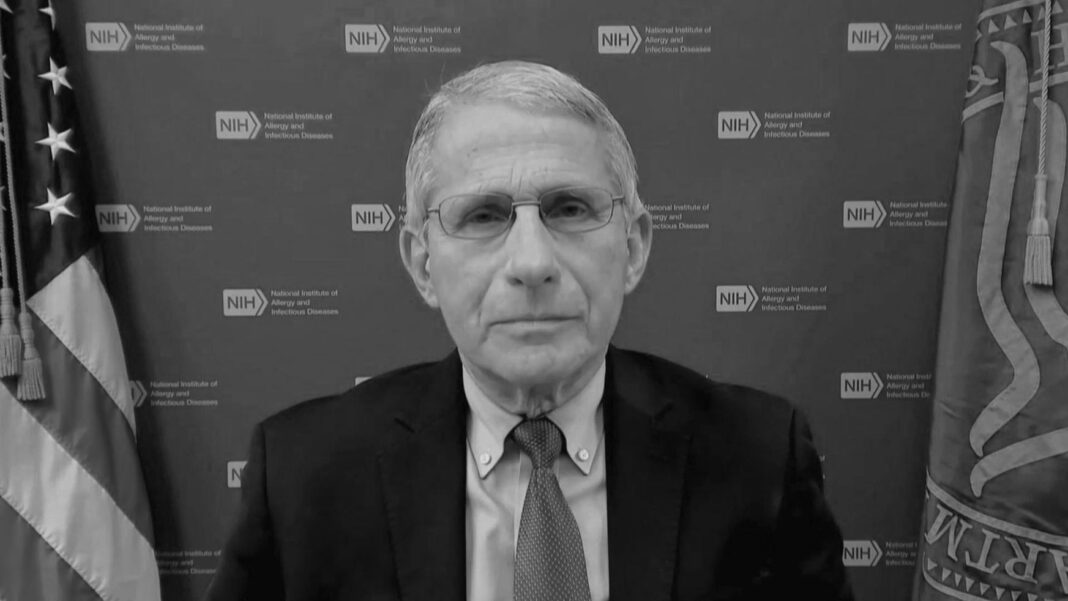A Republican-led House committee says it uncovered new email evidence suggesting that Dr. Anthony Fauci “prompted” the drafting of a “proximal origin” publication meant to “disprove” the COVID-19 lab leak theory.
The Select Subcommittee on the Coronavirus Pandemic issued a memo (pdf) on March 5 saying that there’s new evidence on the “proximal origin of SARS-COV-2,” the virus that causes COVID-19. The memo detailed a conference call between former National Institutes of Health (NIH) Director Dr. Francis Collins, former National Institute of Allergy and Infectious Diseases Director Dr. Anthony Fauci, and at least 11 other scientists in early February 2020, about a week after the first COVID-19 case was confirmed in the United States.
Collins, Fauci, and others were warned in the Feb. 1, 2020, call about the possibility that the virus may have leaked from a laboratory in Wuhan, China, in late 2019, according to the memo.
Three days after the call, four participants of the conference call issued a paper called “The Proximal Origin of SARS-CoV-2” and sent a draft to Collins and Fauci, according to the memo. The two officials were also authorized to edit and approve the paper, it states.
But two months later, Collins emailed Fauci and expressed “dismay that Proximal Origin—which they saw prior to publication and were given the opportunity to edit—did not squash the lab leak hypothesis and [asked] if the NIH can do more to ‘put down’ the lab leak hypothesis,” the memo states.
Citing internal emails, the committee asserted that Fauci “prompted” Dr. Kristian Andersen of Scripps Research to write the Proximal Origin paper and that it was designed “to ‘disprove’ any lab leak theory.” In August 2021, Scripps issued a letter to Republican House investigators and said that “Dr. Anthony Fauci did not attempt to influence his work. Both statements do not appear to be supported by the available evidence.”
The Proximal Origin paper’s abstract suggested that the virus may have emerged via Malaysia pangolins because they “contain coronaviruses similar to SARS-CoV.”
Read Full Article on TheEpochTimes.com









